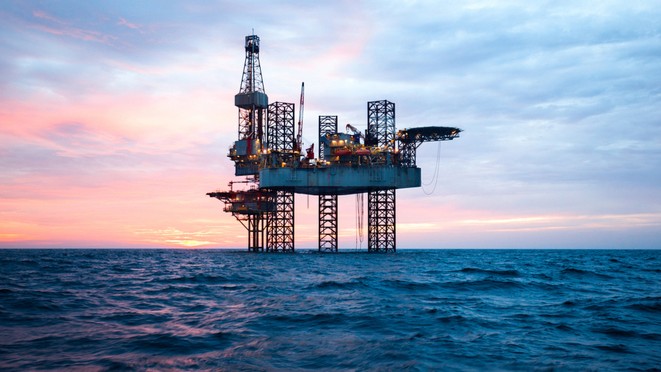In April of 2010, the northern Gulf of Mexico was subject to the largest marine oil disaster in United States history, the BP Deepwater Horizon Oil Spill. Over 4.9 million gallons of oil escaped into the Gulf, affecting the marine ecosystems in both immediate and long-term ways.
In May of 2010, Gulf World (GW) played a vital role as one of the primary intake facilities during the oil spill response. As a result of this event GW received a total of 149 live sea turtles (Kemps Ridley, Green, Loggerhead, and Hawksbill) associated with the oil spill in the Gulf of Mexico.
The primary responsibility dealt with the response to stranded sea turtles in oil alert areas; proper processing required paper work, de-oiling turtles and suggested treatment. Upon initial intake, animals were photographed, weighed, measured, cleaned, and had blood collected. Contaminated animals were cleaned using mayonnaise which was scrubbed along the body and oral cavity. The animals were then rinsed with a dilute dishwashing detergent solution. All animals were administered Menhaden oil which was thought to help with any oil that might have been ingested. The total handling time once the turtle arrived at GW for processing was 15 minutes. Sea turtles received from on water operations from Orange Beach, Alabama and Destin, Florida. After a lengthy transport it was thought that by minimizing handling and getting the animals into the water was the least stressful course of treatment.
The following day, animals would be cleaned again using the same process as described above. Time out of the water was again limited to 15 minutes or less. The process was repeated daily until the animal was deemed “oil free”. Once animals were stable and “oil free” they were transferred to various secondary rehabilitation facilities to continue further rehabilitation and prepare for release.
Gulf World staff participated in the release at Cedar Key, Florida.
